Mati Carbon Removals Fights Climate Change, Enables Climate Resilience for Marginal Farmers in India
Shantanu Agarwal is a climate tech entrepreneur on a mission to improve the lives of marginal farmers while simultaneously fighting climate change. In 2021, he founded Mati Carbon Removals, a project of the Swaniti Initiative, a 501(c)(3) non-profit with offices in the US and India.
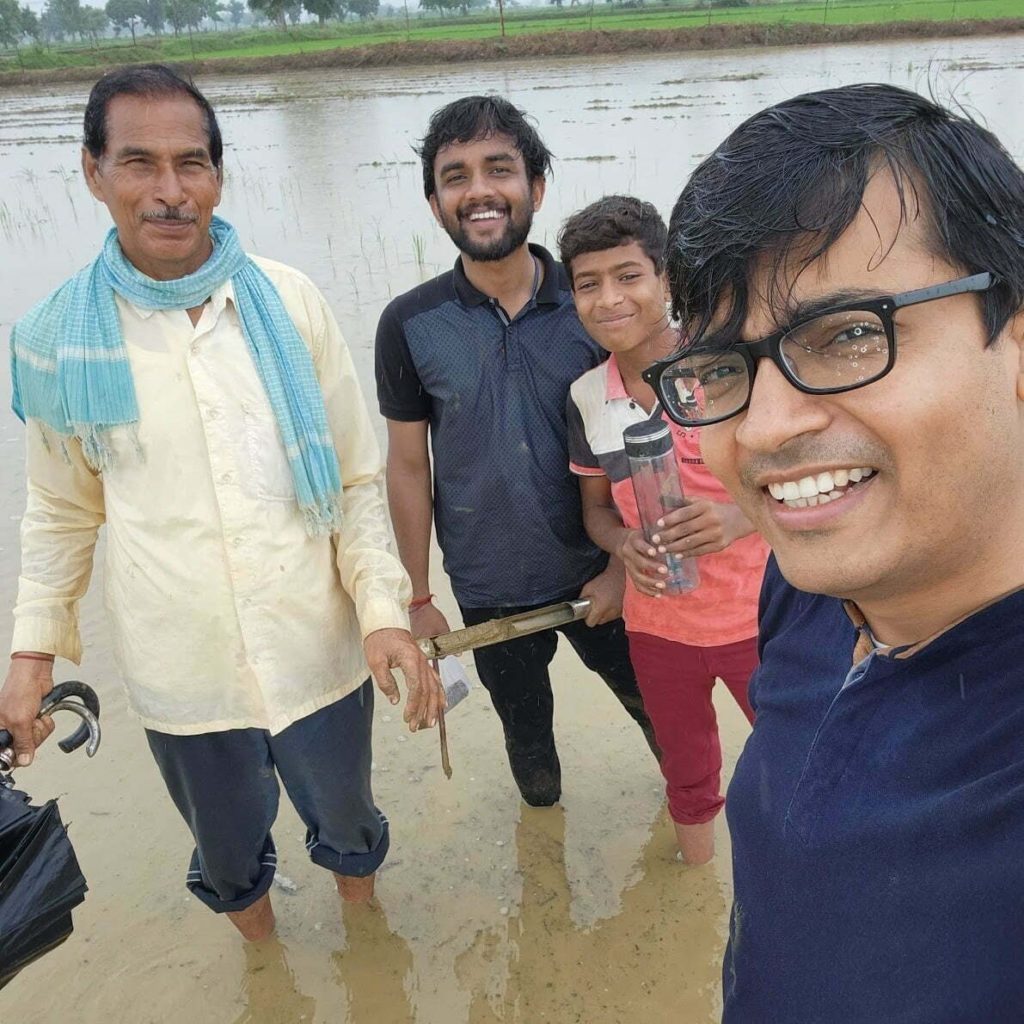
In a July 2023 episode of the OpenAir webinar series, “This is CDR,” Agarwal had this to say about his new project:
“The mission at Mati is essentially enabling climate resilience for marginal farmers. That’s where it started, and that remains the main objective.”
Mati is achieving this mission by applying enhanced rock weathering, one of the more promising carbon dioxide removal (CDR) methods currently being studied at scale. Mati promotes sustainable agriculture and enables the climate resiliency of smallholder farmers by providing nutrient-rich silicate rock dust that both enriches soils and consumes carbon dioxide as it weathers.
Mati’s rigorous science-based approach and early success working with smallholder farmers have gotten the attention of climate-action investors. For example, Frontier, a public benefit company owned by Stripe, recently announced that Mati would be among the cohort of companies selected for pre-purchases of carbon removal commitments. The purchases, $7 million in total, will be divided among 12 companies pursuing novel means of greenhouse gas removal.
Agarwal’s long-term goal for Mati is to remove around 100 million tonnes of CO2 from the atmosphere by 2040 while supporting farmers throughout the global south in the process.
The Problem: Climate Vulnerability and Food Insecurity in India
A February 2023 study by McKinsey Research found that 95% of Indian smallholder farmers will be exposed to at least one major climate hazard, such as drought, extreme heat, and both inland and coastal flooding, if warming continues at the present rate. The map below shows the vast distribution of climate risks across India.
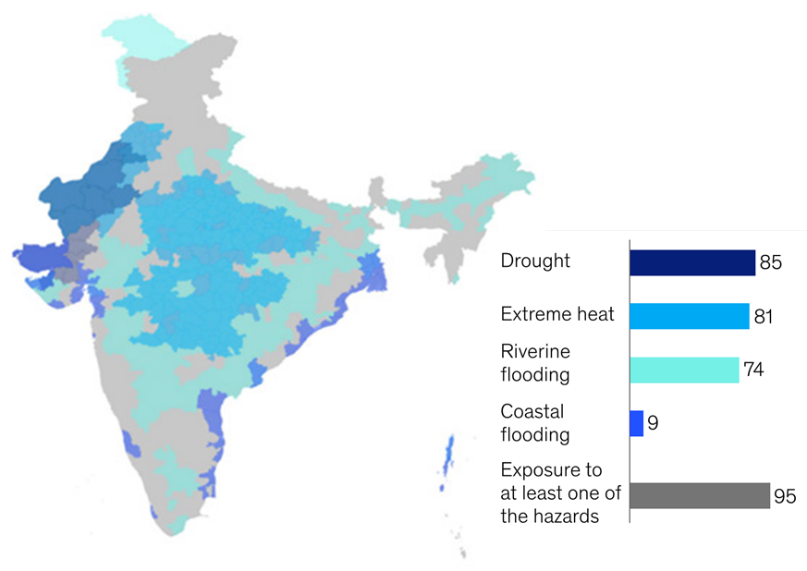
This map paints a dire picture for smallholder farmers: 85% will be affected by drought, 81% by extreme heat, and 74% by flooding related to climate change.
The 2023 McKinsey report also shows that by 2050, changing weather patterns could result in the loss of up to 450,000 square kilometers (175,000 square miles) of land currently suitable for rainfed rice cultivation throughout India and Southeast Asia (see map below). This could force millions of farmers to change their livelihoods. These climate threats to smallholder farmers have enormous food security implications as hundreds of millions of people depend on local farmers for food throughout India and the global south in general.
These McKinsey research results not only underscore the urgency of accelerating carbon dioxide removal and greenhouse gas emissions reductions, but they also highlight the need for agricultural interventions that will help farmers adapt to changing weather patterns. Climate change and food security are thus intimately intertwined, making a solution that can target both problems invaluable.
Mati’s Solution: Enhanced Rock Weathering
Mati’s solution to climate hazards and associated food insecurity is the large-scale application of enhanced rock weathering (ERW). This carbon dioxide removal methodology involves crushing silicate rocks into fine powders and spreading them on agricultural soils. The fine particle size of the rock accelerates its weathering rate, allowing the powders to release plant nutrients into the soil while consuming carbon dioxide gas (CO2) in the process.
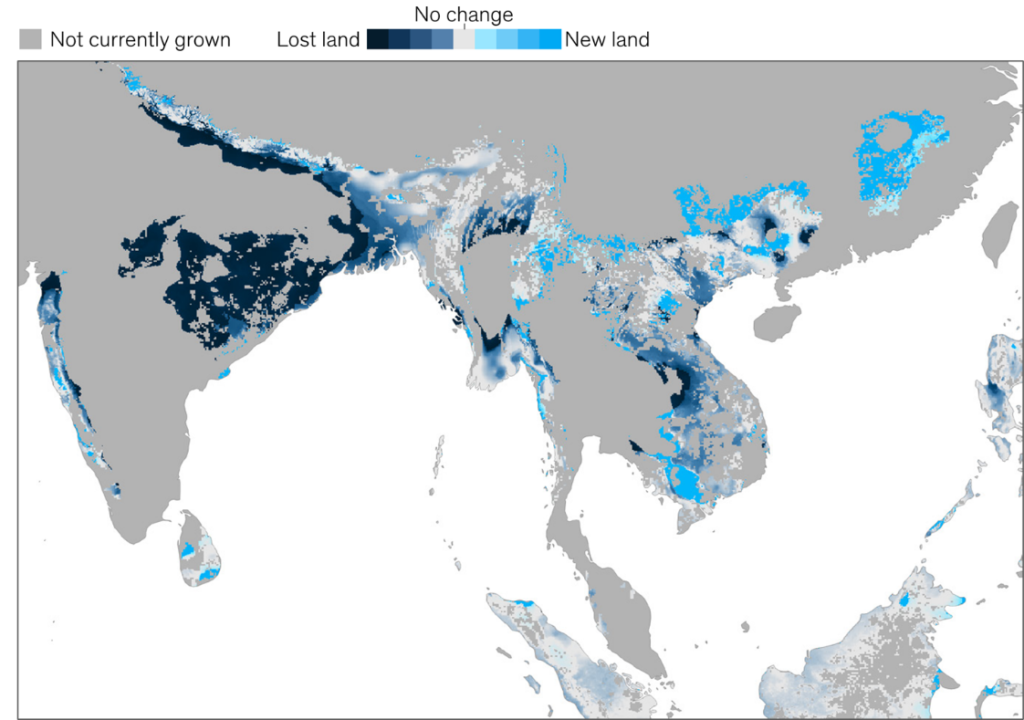
Silicate rock weathering is a natural process that has been moderating the amount of carbon dioxide in Earth’s atmosphere for over a billion years. Enhanced rock weathering involves accelerating this natural process by applying finely ground rock to soil environments in which it will weather rapidly. The carbon converted from CO2 to carbonate is essentially locked up by geological processes for tens of thousands to millions of years.
The reactions that actually convert CO2 to carbonate also release beneficial elements such as magnesium and calcium from the rock powder as it weathers. Other major, minor, and trace elements such as silicon, phosphorus, zinc, and copper released during weathering enrich the soils, enhancing crop growth.
Countless scientific studies demonstrate the effectiveness of rock dust for both carbon dioxide removal and soil restoration and enrichment (i.e., remineralization) (for example, see Beerling et al., 2018, Swoboda et al., 2020). Based on these and other research studies, Agarwal and Mati have identified four specific qualities of ERW that make it ideal for large-scale applications in India and the global south in general:
- It provides a long-term solution to carbon removal, storing carbon in geologically stable forms for over 10,000 years,
- It provides positive economic and environmental impacts that bolster the climate resilience of smallholder farmers,
- It has a favorable life cycle with low environmental impacts and favorable net greenhouse gas emissions balance when properly planned and implemented,
- It is cost-effective, with costs of less than $100 per ton of carbon captured.
Another reason ERW is particularly well-suited as a climate and agricultural intervention in India is that the western central part of the country hosts the Deccan volcanic province (or Deccan traps), one of the world’s largest deposits of basalt and other volcanic rocks. The Deccan traps are estimated to contain over 1.3 million cubic kilometers (300,000 cubic miles) of volcanic rock, thus providing a plentiful, local source of rock that can be used for ERW applications.
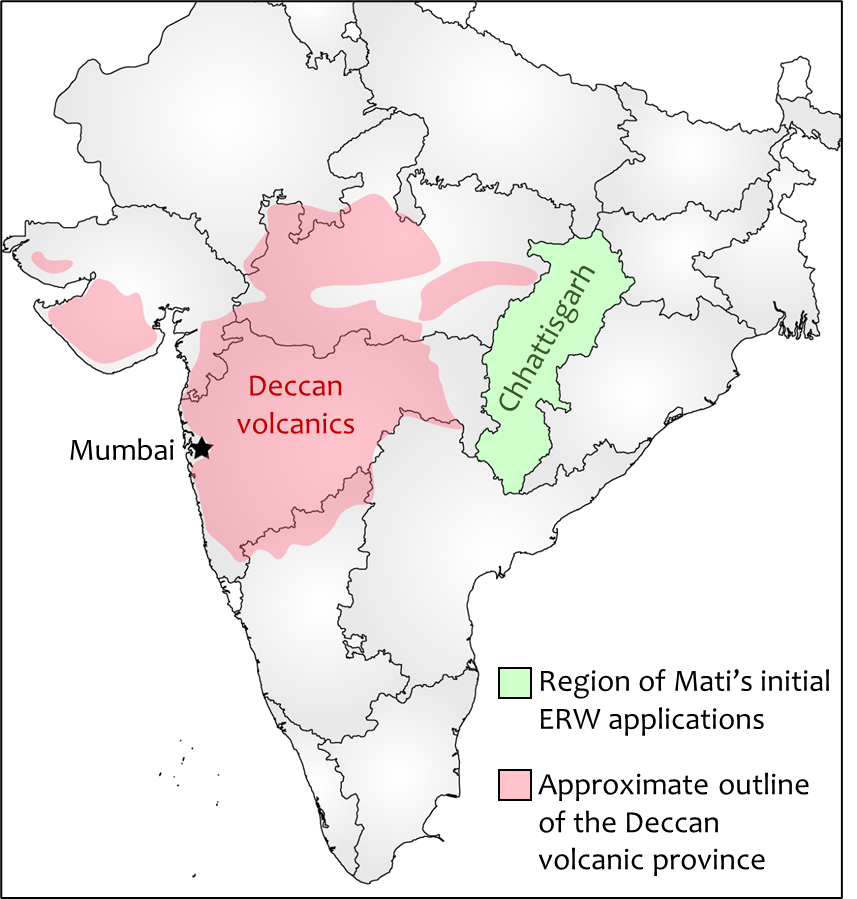
The Deccan basalts are ideal for ERW because they are rich in the elements responsible for CO2 removal (magnesium and calcium) and also contain a wealth of nutrients that increase soil fertility and bolster crop nutrient density and yield. Silicon and other elements present in the basalts improve a crop’s natural resistance to disease and pests. Therefore, the rock powders used for ERW reduce farmers’ reliance on synthetic fertilizers and pesticides, saving money and encouraging more sustainable and environmentally safe farming practices.
Tropical regions in general, India in particular, are ideal for ERW because of their warm temperatures and plentiful water from monsoons. These two factors are essential for achieving the accelerated weathering rates that make ERW effective as a CDR and agricultural intervention. This is why Agarwal describes India as a “goldilocks opportunity” for large-scale ERW deployment.
The scale of carbon dioxide removal that can be achieved through ERW in India was discussed in a 2018 study by Professor David Beerling at the Leverhulme Centre for Climate Change Mitigation (University of Sheffield). This study projected that if 11% of India’s cropland were used for ERW applications, it could result in the removal of around 0.15 gigatons of carbon dioxide per year with a cost of approximately $78 per tonne of CO2 removed (Beerling et al., 2018). This demonstrates the large-scale potential for rock weathering in India as a CDR method. Mati aims to create pathways by which local Indian farmers can benefit from this potential.
Successful Field Trials and Scale-Up
Mati is taking a scientific approach to their ERW operations. Each application is meticulously documented, and large numbers of soil and water samples are taken so they can accurately measure, record, and verify the amount of carbon dioxide consumed by each deployment. To manage the large amount of data from their ever-expanding field applications, they have developed a set of proprietary tech tools and a logistics platform. Their system allows them to track each field sample, ensuring consistency and reliability in each step of the process.
The robust scientific program Mati is developing alongside collaborators at Yale University, Georgia Institute of Technology, the University of Sheffield, and the Carbon Drawdown Initiative allows them to accurately and precisely verify the amount of carbon removed by each operation. They also sample the crops from the ERW fields to quantify changes in yield and plant health. Demonstrating to local farmers that the basalt rock powder applications are producing higher crop yields without fertilizer is essential for convincing new farmers to join the program. Thus, the scalability of Mati’s operations relies on establishing a track record of demonstrable agricultural benefits.
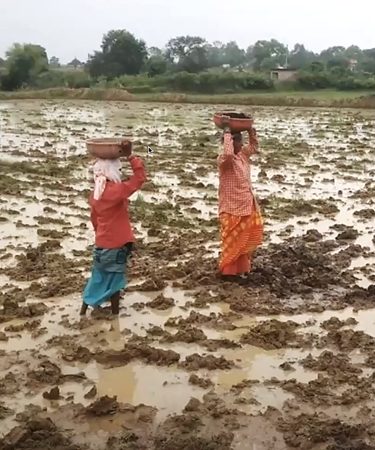
Mati targeted the state of Chhattisgarh as an ideal region for their initial ERW trial and ongoing scale-up operations. This state neighbors the Deccan volcanic province and has over 3.7 million hectares of land under paddy farming. The surrounding states have another 18.8 million hectares of farmland, allowing for further expansion as operations and logistics develop.
In the winter season of 2022, Mati deployed 1100 tons of basalt to farmlands in Chhattisgarh. The data from these initial applications reveal high carbon removal rates and substantial crop productivity enhancements – with no negative agricultural side effects.
Mati’s goal in 2023 is to scale their ERW operations by 15x. They are well on their way, as 3,700 tonnes of rock powder had already been deployed as of July 2023. The long-term goal is to achieve rock powder applications of 100,000 tons per year by 2025 and over one million tons per year by 2030. Given the favorable conditions for ERW and its encouraging initial results, these goals appear to be well within reach.
Mati’s Impact
Mati has worked with marginal producers farming less than two hectares of land and only one or two crops yearly. Many of these farmers cannot afford synthetic fertilizers. Mati’s local basaltic rock powder thus meets the farmers’ near-term need for soil enrichment while simultaneously removing CO2.
For Mati’s initial basalt applications in 2022, they worked with over 70 Chhattisgarh farmers from 12 different villages. As they establish a track record of improving soil fertility and crop yield over the next few years, they anticipate adding tens of thousands of farmers to their ERW program.
Mati aims to increase farmer incomes by at least 15% on average, allowing them to better adapt to the changing regional weather patterns caused by climate change. Their 2023 work has already improved the lives of more than 1,000 farmers, and it is projected that more than 100,000 farmers will be impacted positively within the next three years. Mati’s long-term goal is to help more than one million climate-vulnerable farmers in financially meaningful ways over the next decade as they scale up operations.
In addition, farmers can directly benefit from access to carbon markets, as Mati generates rigorously verified CO2 removal credits using their cropland.
“Having touched 1,000 farmers, this is probably the most fulfilling job I’ve done in my life.” Agarwal said during his OpenAir “This is CDR” webinar. “The changes we do with these farmers can be very meaningful and allow them to be resilient to the climate impact which is coming their way.”
Agarwal also emphasizes the importance of educating local farmers and local political leaders about the benefits of ERW while maintaining a high level of trust and positive public perception among stakeholders. This is where the track record of Mati’s parent organization, the Swaniti Initiative, is invaluable. For eleven years, Swaniti has been active in supporting public service delivery and impactful policy reforms in the areas of climate and sustainability, social protection, technology, and rural livelihoods and governance.
This community-based approach that provides direct aid to marginal farmers, coupled with Mati’s rigorous scientific application of ERW, makes this project stand out in the field of carbon dioxide removal. As Mati’s work scales to gigaton levels of CO2 removal, the number of farmers positively impacted will scale in proportion. This win-win approach promises great benefits for India and the global south in general.
James Jerden is an environmental scientist and science writer focused on researching and promoting sustainable solutions to urgent environmental problems. He holds a Ph.D. in geochemistry from Virginia Tech and a Master’s degree in geology from Boston College. Over the past 20 years, James has worked as a research geochemist and science educator. He joined Remineralize the Earth because of their effective advocacy, research, and partnership projects that support sustainable solutions to urgent environmental issues such as soil degradation (food security), water pollution from chemical fertilizers (water security), deforestation, and climate change. As a science writer for RTE, his goal is to bring the science and promise of soil remineralization to a broad, non-technical audience. When not writing, he can be found at his drum set.
Support us on Patreon
Thank you for joining us today! Please become a member of RTE and support us on Patreon. Unlike many larger organizations, we work with a team of determined and passionate volunteers to get our message out. We aim to continue to increase the awareness of remineralization to initiate projects across the globe that remineralize soils, grow nutrient dense food, regenerate our forests’ and stabilize the climate – with your help! If you can, please support us on a monthly basis from just $2, rest assured that you are making a big impact every single month in support of our mission. Thank you!


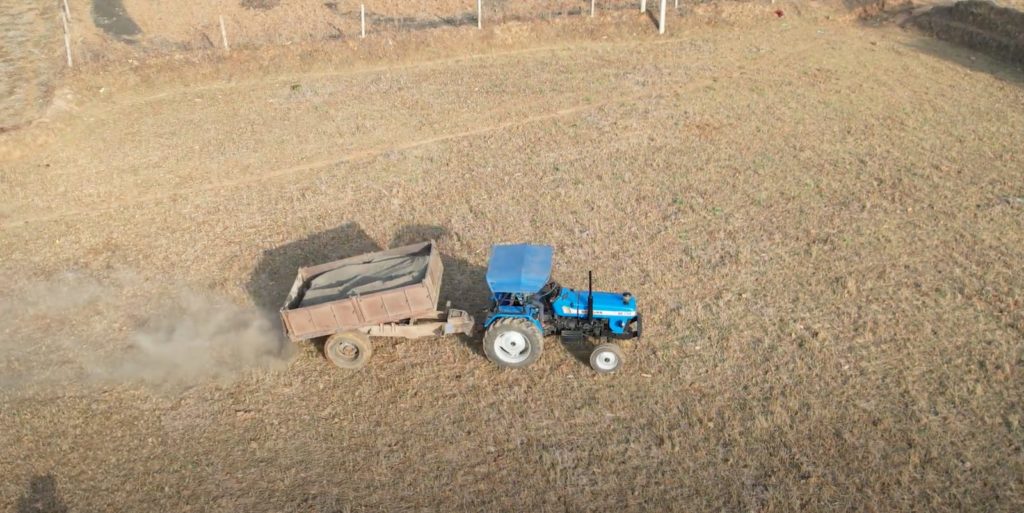
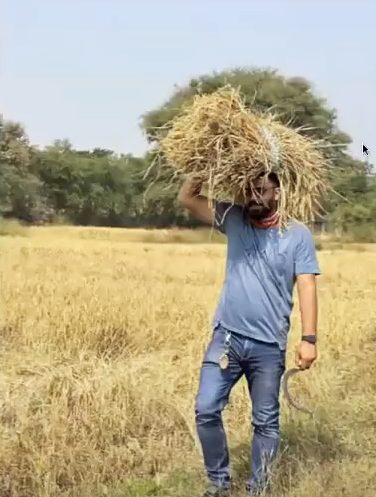






Got something to say?